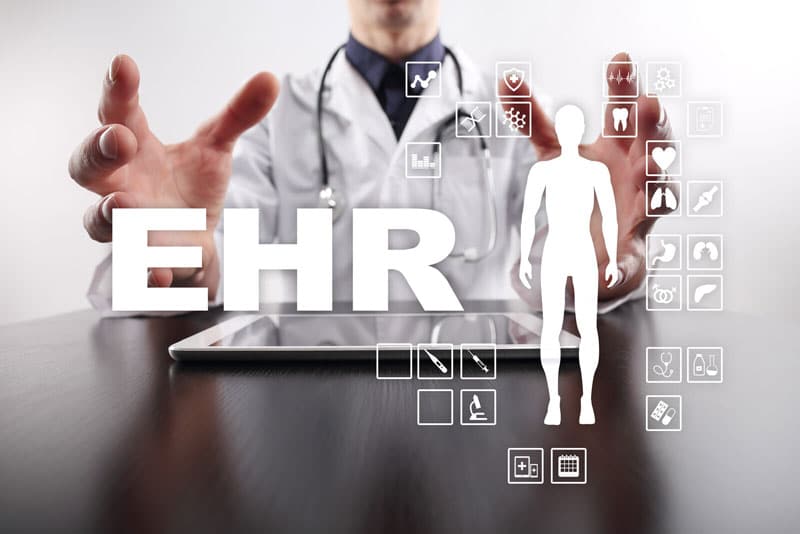
Table of Contents
Electronic health records are designed to support safe, efficient and high-quality medical care. Outsourcing medical transcription promotes accurate and complete documentation in the patient record. However, proper care coordination is essential to improve the care experience for providers and patients.
According to the Agency for Healthcare Research and Quality Care (AHRQ), “coordination involves deliberately organizing patient care activities and sharing information among all of the participants concerned with a patient’s care to achieve safer and more effective care”. Patients and their families are also participants in this endeavor. Organizing care involves managing personnel and other resources needed to perform all required patient care activities and this typically involves exchange of information among participants responsible for various facets of care.
Care coordination implies that providers should be aware about the patient’s needs and preferences in advance and convey this information at the right time to the right people, so that it is used to provide safe, appropriate, and effective patient care. EHRs have great potential to improve care coordination.
Why Care Coordination is Crucial
Ensuring that the health care system can coordinate patient care effectively is important for the following reasons:
- Existing health care systems are often fragmented, and primary care sites and specialty sites have different processes.
- Patients are unsure about how to navigate care, including referral to a specialist, appointment scheduling, and what to do after the specialist consultation.
- Specialists are often not informed about the clear reasons for the referral or provided adequate information on tests that have been completed. Primary care physicians are often not informed about what happened in a referral visit.
- Care is not as efficient as it should be as referral staff deal with many different processes and missing information.
However, although it is an important goal for the American health care system, the AHRQ points out that there are certain obstacles that must be overcome for well-designed, targeted care coordination. The EHR can play an important role here as it consolidates and organizes patient health information and reduces fragmentation of care by ensuring that all physicians treating the patient have access to this data in real-time.
How EHRs Support Coordination of Care and Improve Patient Outcomes
- Better availability of information for specialists: Improved communication can improve patient care delivery for primary and specialty care providers. EHRs can ensure that every provider shares the same, up-to-date information about a patient. This is especially important for patients that are:
- being treated by multiple specialists
- receiving emergency medical services
- making care transitions
Availability of accurate patient information can reduce medical errors and unnecessary tests. It can also help a specialist get information about a pertinent condition being treated by another specialist.
- Well-informed clinical decision-making in emergency settings: Providers of emergency medical services (EMS) understand the value of coordinated care and appropriate decision making. Integrating patient health data into EMS provider workflows and sharing prehospital data with other EMS and inpatient hospital providers can help providers make fast clinical decisions, reducing risk of adverse drug reactions, hospital readmissions, and threats to patient safety. It can help paramedics act fast and stabilize patients till their hand-off to the hospital ED.
The Search, Alert, File, and Reconcile (SAFR) model developed by the Office of the National Coordinator for Health Information (ONC) promotes improved clinical decision making in emergency situations (www.ehrintelligence.com). It allows for health information exchange (HIE) between EMS and hospital emergency department (ED) personnel. With a strong HIE connection, EMS personnel can access demographic, allergy, and recent hospitalization information in patient EHRs that could be crucial at the point of care, and also communicate the patient’s current medical information to all medical providers. This can improve transitions of care and care coordination.
- Improves care outcomes in Long-Term and Post-Acute Care (LTPAC): According to the office of the National Coordinator for Health Information Technology, an estimated 70 percent of Americans turning 65 years old will expect to need long-term care services at some point in their lives, many of them also requiring post-acute care. LTPAC facilities need access to timely, complete and accurate patient records to take fully informed care decisions that improve patient safety, and also avoid preventable hospital readmissions, ED visits, length of stay, and other adverse events. Integrating patient EHRs and medication histories into LTPAC facilities offers many benefits:
- Improves care coordination by ensuring that providers have data regarding adverse drug reactions and associated readmissions
- Reduces/prevents the negative effects of medication errors for patients
- Helps reduce the risk of costly hospital readmissions
EHR Intelligence reported that health IT company Surescripts expanded its real-time Medication History for Reconciliation (MHR) service to cover LTPAC facilities to support optimizing patient health outcomes and patient safety.,
- Increases patients’ ability to participate in care coordination: EHRs can also support patients’ engagement in their care. When providers and patients share access to digital medical records, it can promote joint decision making, which is particularly important for managing chronic conditions such as asthma, diabetes, and obesity. When patients can access their own medical records, they would become more conscious about own care. This can help them better understand their providers’ instructions and help them make informed decisions. However, educating patients on how to use health data and patient portals is important to empower patients in care coordination, especially patients with low digital health literacy.
The benefits of leveraging an EHR across the continuum of care, according to the Office of Health Information Technology (IT) and the National Learning Consortium, allows for:
- Better integration among providers by improved information sharing.
- Viewable and current medication and allergy lists.
- Order entry at point of care or off-site.
- Standardization of data, order sets, and care plans helping to implement common treatment of patients using evidence-based medicine.
- Access to experts for rural health care providers by sharing best practices and allowing for specialized care through telemedicine.
- Population management trended data and treatment and outcome studies.
- More convenient, faster, and simpler disease management.
Regardless of the setting, to improve care coordination utilizing EHRs, healthcare professionals need access to timely and precise patient information. Medical transcription companies play an important role in ensuring accurate and comprehensive electronically-stored health information in digital format. They provide HIPAA-compliant EHR-integrated medical transcription services for the many different participants involved in coordinating care.


